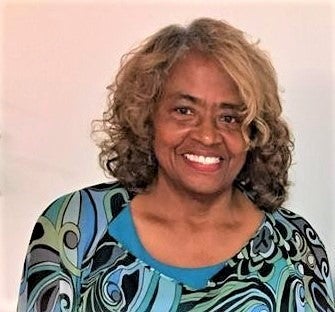Little bites of history that visitors devour
Published 5:24 pm Monday, January 10, 2022
|
Getting your Trinity Audio player ready...
|
I have met thousands of folks who have visited the Washington Waterfront Underground Railroad Museum in the five years it has been open. After sharing with them why Washington played such a significant part in the underground railroad and in Civil War history, I am frequently asked what else makes Washington important to North Carolina history. I begin by telling them the museum is the only one in North Carolina that is solely dedicated to telling the story of the freedom seeking movement in North Carolina.
I tell them Washington has amazing history everywhere you look. For a small town, Washington has a huge imprint on history. Washington was once referred to as the ‘Gem of Eastern NC’ because of all the things it had going on. Entertainment and culture wise, Washington over time has hosted two opera houses, a vaudeville theater, a floating theater, six movie theaters, silent movies shown under big tents on large corner lots, lecture halls, venues for circuses and fairs, Chautauquas, two Green Book locations, and state-renowned horse and bicycle races.
Washington had the largest Y. M. C. A. hall in the state by the end of the 1890’s. Movie stars, world class opera singers, musicians and lecturers performed here. Such a hub of transportation activity, Washington was once home to two stagecoach lines, six bus lines, six freight lines, one passenger coach line, three steam ship passenger lines and of the 75 wharves on the Pamlico River, Washington had 50 of them. And by 1890, there were at least seven lumber mills here.
Washington even had plans for a streetcar line. The Washington Investment Company, with W E Jones, President and General Manager, in the early 1900’s had rails put down for an electric streetcar line. The route was to run from Washington Heights near Beaufort Vidant Hospital down Market Street to Main Street towards Washington Park. The line was to have three cars and run a little under five miles.
A 1909 Washington Newspaper, The Washington Progress stated the trolley service was also going to cover Third Street, a part of Second and Brown streets, Washington Heights and to Oakdale Cemetery. The railroad bed was prepared, and the cross ties and rails were put in place until it reached Main Street. Even though City Hall approved, there was not enough money to purchase street cars and finish the tracks, so the project had to be abandoned. The tracks and ties were later removed.
This town at one time had all kinds of factories, the least known were a pickle factory, a mattress factory and a broom factory to name a few.
Washington at one time was the fourth largest producer of rice in North Carolina and had two rice mills. Haven’s Corn and Grain Mill with its impressive six story building on the waterfront was the largest in North Carolina.
The first Christian Methodist Episcopal Church, (Beebe Memorial Church) is the first C. M. E. Church in North Carolina. Gallagher’s Drug Store on Main Street was the oldest drug store in North Carolina. And the Bug House Museum was the largest amateur museum in the United States.
From the Civil War until the early 1900’s, Washington had scores of saloons and restaurants downtown. And if I just pulled a decade out of the air, say 1935-1945, Washington had three hospitals, 13 Department Stores, five schools, nine automobile dealerships, 21 service stations and five lumber mills to name a few of the industries and businesses that here. I could go on and on. I have so much trivia and fascinating facts about Washington that I share with visitors to their delight, and I hope to share more with you in upcoming columns.
Leesa Jones is a Washington native and the co-founder & co-executive director of the Washington Waterfront Underground Railroad Museum.






